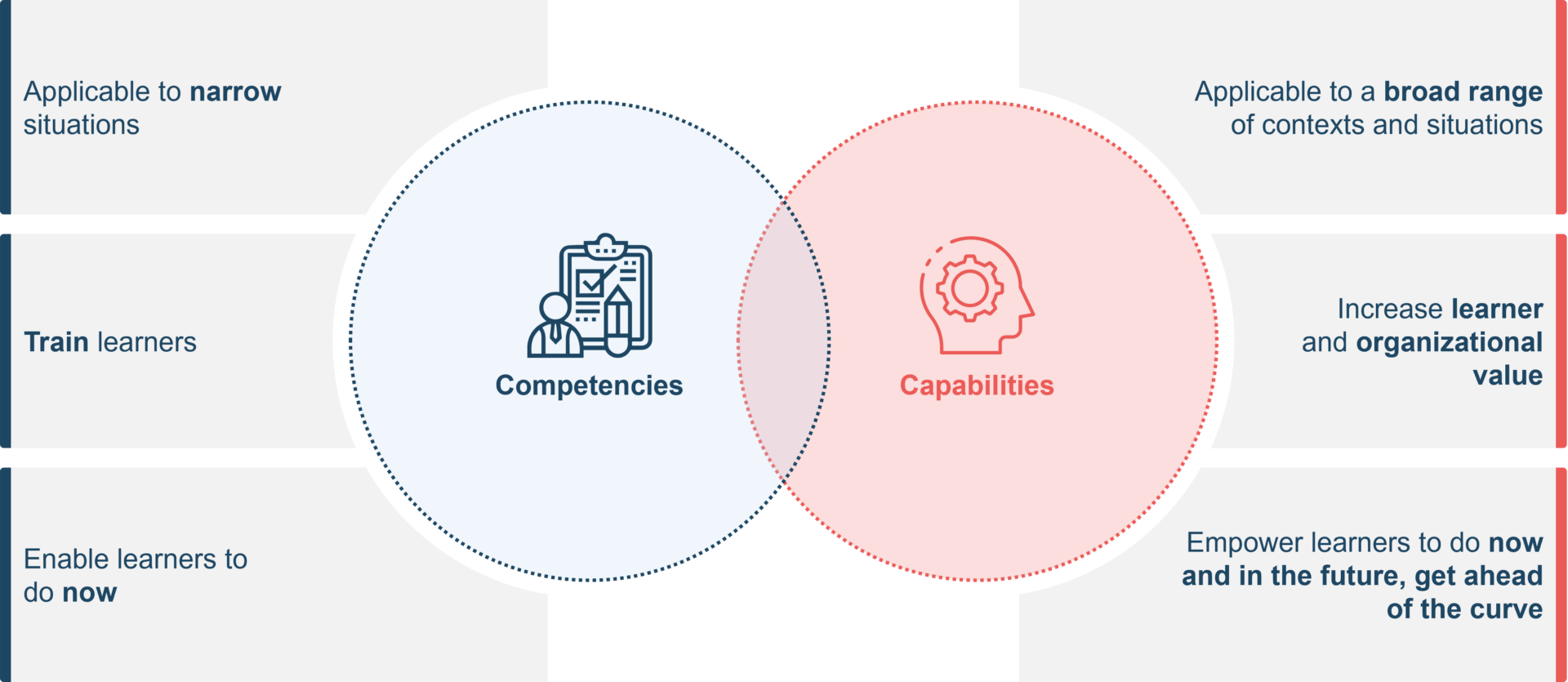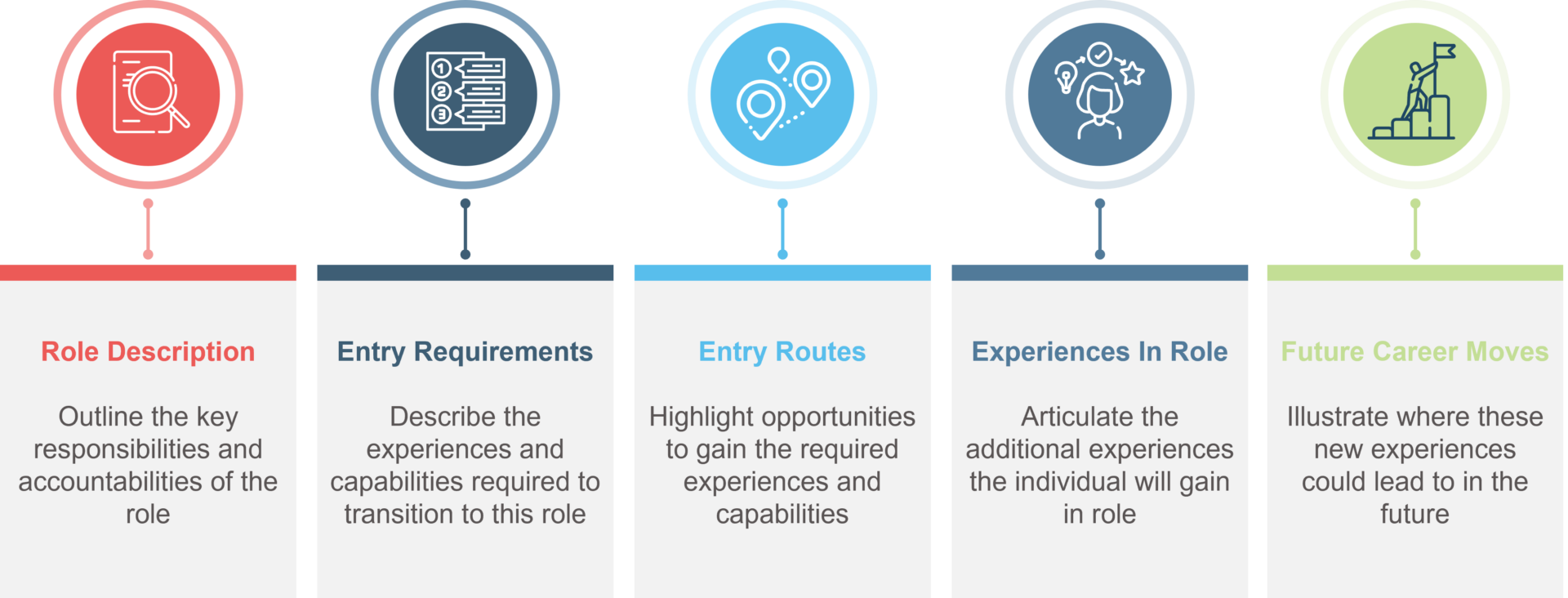Article • April 4, 2023
Three Tools for Optimizing Learning and Development, Boosting Morale, and Reducing Turnover

A lot has changed over the past few years. Hybrid working has spread dramatically and is now commonplace. It has driven fast technological change and imposed new ways of working for which many teams feel unprepared. The result? Well, it’s a mixed bag but a couple of things are for certain: It has made it more challenging for team leaders to maintain team cohesion and morale. It has also made many team members more likely to explore other job opportunities to find better pathways for advancement and development.
This has led many leaders to work on building (or rebuilding) team culture to create an environment that nurtures lifelong learning and provides clearer pathways for ongoing development. As a result, many organizations are placing professional development at the heart of their agenda. However, they often are challenged in identifying where to start.
In this article, we explore three related topics, each of which build upon and reinforce the other. Specifically, we discuss how to:
- Identify what your team members should be learning or developing vs. what they could be learning or developing in this ever-changing environment
- Create clear career paths that showcase your organization’s commitment to long-term career development
- Accelerate your teams’ ability to learn just the right things at just the right time
Capability Models: Focus on what team members should be learning
Based on my experience working with pharmaceutical companies, I recommend following a systematic process to define the capabilities that are most critical and will help to future-proof the organization. This is called a “Capability Model.” But what, exactly, is that?
First, it’s important to differentiate capabilities from competencies:
- Competencies refer to the knowledge and skills needed to perform in the present. For example, clinical operations competencies might include specific tasks related to conducting clinical research trials.
- Capabilities define the knowledge and skills needed to adapt and flex to meet future needs and are broadly transferable including things like critical thinking, problem solving, insight generation, and strategic planning.
Figure 1: Competencies vs. Capabilities

A capability model is a clear and concise listing and description of the knowledge, skills, and observable behaviors that individuals need to experience success—both now and in the future—in their specific roles.
The capability model has far-reaching benefits:
- Leadership Level – It helps to align organizational development, ensuring the function or team members are developing in areas that will future-proof the organization. It also helps succession planning, allowing leaders to identify the leaders of the future and guide strategic hiring efforts.
- Individual Level – It allows individuals to rate their own strengths and areas of development to create personalized development plans to achieve their career goals.
At Salience Learning, we have built Capability Academies that take a team’s critical thinking, the ability to generate insights, and strategic thinking to the next level.
To learn more about our Capability Academies, visit the links below:
To see a video on Capability Models, click here.
Career Paths: Help team members see the path forward while demonstrating your organization’s commitment to long-term career development
A capability model isn’t just some document that sits on a shelf. Teams should use them to help guide each team member as they chart their career path. However, the idea of a “career path” has gotten a bit more complicated in recent years.
Many reports, including one from Harvard Business Review indicate that more and more organizations are flattening their hierarchies by removing middle management positions and moving toward more agile networks of project teams. The goals are to promote autonomy and innovation, and to drive efficiencies. While that’s a welcome change, it also brings an unwelcome side effect. With a less visible hierarchy, employees can be left wondering what path their career might take. When they don’t see it, they stop believing in it.
Even in organizations that have traditional hierarchies, how people move from one role to the next may be unclear. Even worse, it could be perceived as being based on factors other than merit. Both situations can motivate your top performers to leave the organization.
Creating clear and visible Career Paths allows organizations to demonstrate the key experiences that different roles offer and to help individuals think about future roles that they would be interested in pursuing. Through simple but powerful illustrations, career paths allow individuals to see the skills and capabilities they need to develop in order to move into those roles. They should provide clear examples of professional development opportunities and other career steps that enable them to gain these capabilities. Career paths unlock powerful career development discussions, allowing employees to focus on the skills and capabilities they need to develop to move to their next role.
INSERT FIGURE 2 (in development): Genericized Career Path

At Salience Learning we have seen clients investing in critical thinking, strategic thinking, and insight generation because they are transferable capabilities that employees can deploy in every role they hold over their careers.
It’s important to help employees understand that following a particular path won’t guarantee their promotion. Other factors, such as whether the next job opportunity exists at a given time, also have an impact. However, if they use the career path, coupled with the learning path that we will discuss below, they’ll be perfectly positioned to seize opportunity when it arises.
To see a video on Career Paths, click here.
Learning Pathways: Guide your team’s development efficiently
As mentioned above, a career path is most useful when coupled with a Learning Pathway. A learning pathways is a structured series of learning experiences that narrowly direct learners along the most efficient route to gain and apply new skills and capabilities. They can be structured by role, subject, or business goal. Perhaps a better name should be “Learning Highway,” because the goal here is efficiency and speed!
A learning pathway combines a variety of learning activities such as formal training, on-the-job learning, mentoring, and self-directed learning. A good learning pathway is typically sequenced from simpler to more complex concepts and skills. Ideally, the design uses carefully spaced repetition of retrieving and using the content to strengthen the memory of that content, enabling it to be built into skills through practice.
A learning pathway considers the learner’s current needs along with their career aspirations. When a cohort of learners go through the same learning pathway together, they gain the additional benefit of cross-pollinating ideas for applying it on the job.
As an example, a learning path for a newly hired Access Marketer might include their onboarding and role-specific training. While they will already have knowledge of the pharmaceutical industry, including regulatory requirements, drug development and approval processes, they will need to know the processes and standards used in their current company to ensure they stay within the rules of engagement.
Other elements might include shadowing an experienced team member to start building an internal network for collaboration and taking on stretch assignments to develop further skills. Combined with effective coaching from their leader or a mentor, this path can speed time to performance and drive new levels of effectiveness for the team and the individual.
To see a video on Learning Pathways, click here.
If you’d like to learn more about developing capability models, career paths, or learning pathways, or if you’re interested in our Capability Academies, then please contact us here.